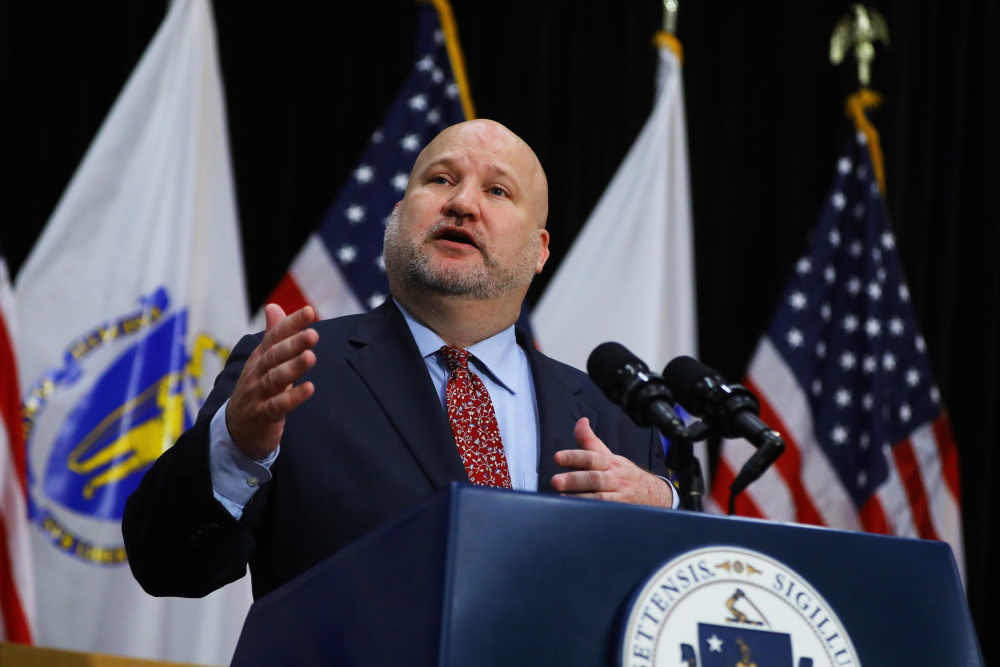The state education commissioner is calling for “all hands on deck” to deal with a 72% increase in chronic student absenteeism between 2019 and 2023 and is ponying up $4 million to school districts to better track attendance and provide students opportunities to make up work they miss.
State Department of Elementary and Secondary Education Commissioner Jeffrey C. Riley blames the rise in absenteeism on “the break in routine of school-going culture during the pandemic.” All grades have absenteeism rates well above pre-pandemic levels, though elementary schools have been hit the hardest. Among younger students, the rate of those missing more than 10% of class time, the chronic absenteeism threshold, has more than doubled since before the pandemic.
“Our definition of 10% of absenteeism is not random. There’s a reason for that, it’s because studies have pretty clearly shown that by the time you’ve missed 10% of your schooling, you are going to experience academic impacts, in addition to all the other losses,” Board of Education member Michael Moriarty said Tuesday. “Families could work very hard to get absences excused every chance they get, but that doesn’t lessen the academic outcome.”
By the end of the school year, a student is deemed chronically absent if they miss 18 days of the 180-day school year. But in October, when there has only been about 40 days of school, a student could fall under the designation from having missed only four days, which could happen if they were out sick for a week or observed certain religious holidays.
Education Secretary Patrick Tutwiler will be featured in a commercial to help inform parents about the issue, Riley said.
Despite the still-high rates of students missing school, attendance has improved since the pandemic’s peak. Citing an EdWeek statistic, Riley said that among the 11 states with data available from the 2022-2023 school year, Massachusetts had the most significant drop in absenteeism from around 28% to 22%.
Broken up by grade span, elementary students’ absenteeism grew by 103% from 2019—with 10% of students missing significant amounts of school before COVID-19 compared to 20.3% in 2023. In middle/high schools the percent change was less dramatic, though the total percent of students behind in attendance is much higher. In 2019, 22% of students were considered chronically absent, compared to 32.2% this year—a 46% increase.
Still, attendance has improved from last year. Chronic absenteeism dropped in elementary schools from 25.5% in 2022 to 20.3% this year, in middle schools from 25% to 20%, and in high schools from 35.1% to 29.9%.
Sam Drysdale, State House News Service

